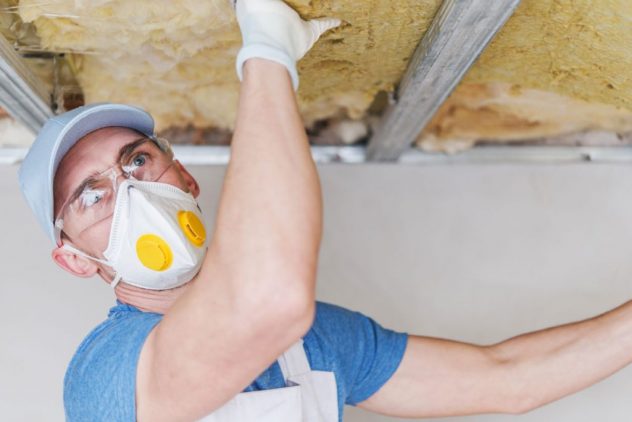Does Fiberglass Insulation Need To Be Covered?
Does fiberglass insulation need to be covered, or is it safe to leave it exposed? The answer depends on how you use the space where the exposed fiberglass is located. You often see that homes have exposed fiberglass insulation in the basement or attic. Pink, fluffy batts wedged tightly between studs, rafters, and joists insulate the space against exterior temperature changes Read on to learn more!
Fiberglass Insulation In Spaces That Are Unoccupied
Builders leaving fiberglass insulation exposed are in compliance with building codes because as long as the insulation is undisturbed. The American Lung Association agrees. This means if your attic or basement with exposed fiberglass insulation is used for storage only, there’s no need to change anything.
Exposed Fiberglass Insulation In Occupied Spaces
What if the previous owner of your new home used the unfinished basement for storage, but you want to convert it into a gym or playroom? In this case, even if you don’t plan on completely finishing the basement, you should cover the exposed fiberglass insulation for safety reasons, including disturbing fiberglass insulation can send particles into the air that act as lung, eye, and skin irritants and children playing around exposed fiberglass insulation may touch or even eat it, which can be a serious risk to their health.
Covering Fiberglass Insulation
If you decide to cover fiberglass in an occupied living space, make sure you choose a permeable barrier that won’t trap moisture. This allows your home to breathe more easily and helps prevent mold growth. Suggestions for covering exposed insulation include working with an insulation expert to ensure safe, code-compliant results, installing plywood flooring over the floor, installing sheetrock or paneling over the walls and sealing the insulation by stapling a polymembrane sheet on top of it.
